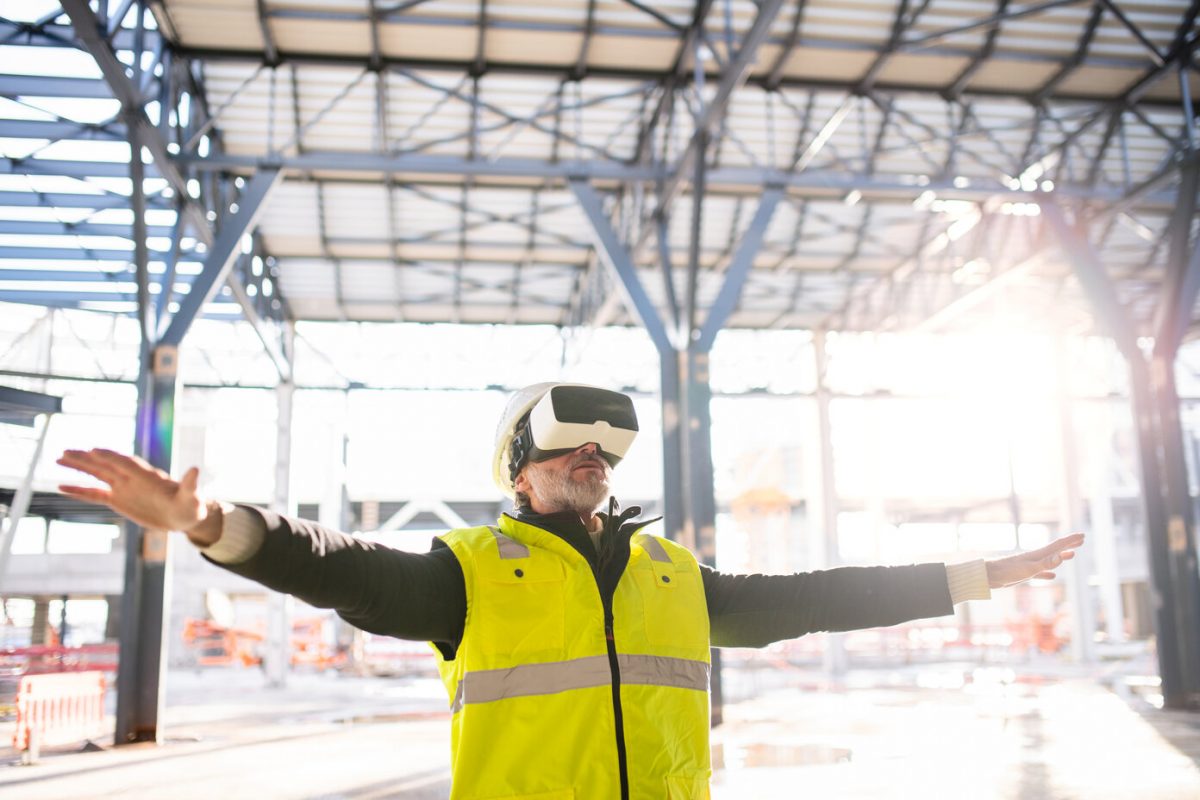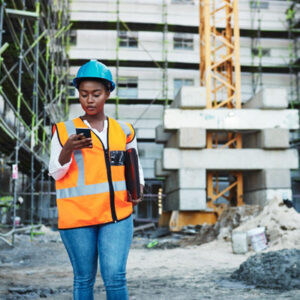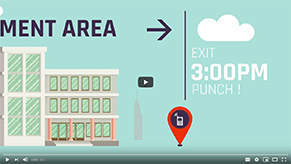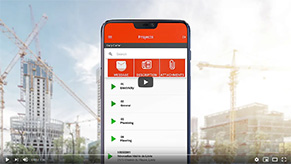
8 March, 2022
Mobile-Punch
SHARE
New technological trends in construction
The Covid-19 pandemic crisis has acted as a development gas pedal in all sectors. Particularly in the construction sector, which has suffered a big blow and faced unprecedented situations. In 2021, digitalization and the use of new technologies have become the norm in the construction sector. With the adoption of technology come many advantages in organization, efficiency, time, and energy saving.
The pandemic crisis has demonstrated how technology has enabled both business continuity and remote project delivery. In this article, we highlight 7 new technology trends that will transform the future of the construction industry.
7 Technology Trends in the Construction Industry in 2022
Artificial Intelligence
Artificial intelligence (AI) is one of the most fascinating and promising technologies that will transform the world. The use of AI and machine learning (ML) in construction allows for remote project and construction site work by automating repetitive tasks. It creates « digital twins » of buildings that take into account more factors than a human being can.
This translates into better project design, better planning, and better safety and efficiency on the job site. This innovative solution has enabled remote worker reassignment while optimizing 24-hour machine monitoring from powerful dashboards that ensure compliance and quality.
Virtual and augmented reality
Virtual reality is an immersive technology that immerses us entirely in the digital experience, while augmented reality adds digital elements to what we see live. Using these new technologies can be very beneficial in construction because by immersing your team and the client in the digital version of the project from the beginning, you improve understanding of the project, anticipate problems that may arise, and avoid costly changes after construction has begun.
Thanks to accurate and fast simulations of the changes you want to make to the project, you benefit from real-time feedback in terms of feasibility and risk assessment, allowing you to ensure a safe and controlled environment for workers on the site. In addition, digital reality greatly enhances team collaboration, as they can work together on the project wherever they are.
Detailed 3D BIM modeling
Building Information Modeling or BIM is a process based on 3D modeling to create and manage project information. It is a key innovation in the development of the construction sector as it allows the preparation of the digitized construction project using all the information necessary for the realization of the project from planning, design, budget, human resources and scheduling.
Each aspect of this process can be linked to related information such as photos, manuals, etc. This technology has the potential to completely change the construction process as it allows professionals to create detailed plans, anticipate changes, detect problems in advance and stay on budget.
Robots and drones
Robots are primarily used to perform repetitive and automated tasks. Today, they are especially useful in masonry, painting, vehicle loading and other areas where there is less manpower. In large-scale construction, the most widely used robots are drones.
Indeed, drones have made surveying large construction sites easy and fast. By having a wide and high view, drones can track the progress of projects, locate danger zones, but also deliver materials directly to the construction site, reducing the number of vehicles and people needed.
Intelligent Buildings
It is more of a concept than a specific technology. Indeed, intelligent buildings use a set of information technologies to stay connected to the building’s systems, the people who occupy it and its environment. These buildings use sensors, microchips and other automated devices to control the building’s air conditioning, heating, ventilation, lighting and security systems, making it nearly autonomous. This allows building owners or occupants to optimize the use of the building in terms of space and energy consumption.
Energy efficient buildings
Sustainable development is at the heart of current concerns and a priority for all sectors. In this sense, many companies in the construction sector are adopting measures to reduce their environmental impact and build energy efficient buildings. One of the first measures is the adoption of automated processes, since this automation leads to the implementation of eco-responsible solutions that consume less energy and are environmentally friendly.
The design and construction of energy efficient buildings requires collaboration between all project stakeholders to ensure that the overall design of the building is environmentally friendly. This includes the use of energy efficient materials and technologies as well as the reduction of carbon emissions and energy consumption.
Mobile technology
The integration of mobile technology on construction sites allows time tracking and improves team organization. Thanks to its accessibility and ease of use, Mobile-Punch, the best time tracking application in Canada, allows companies to simplify time management, gain productivity and manage their construction projects in real time.
No longer do your team members have to slow their progress to record their schedules, with the geolocation feature, your employees can punch in and punch out from the job site. With this feature, the administrator ensures that the times are associated with the right project and that the employees were on the job site at the right time. In addition, the application allows you to break down your time into tasks by project and employee. By organizing your tasks in an efficient way for the whole team, you optimize profitability.
Mobile-Punch also gives you the ability to generate work orders, quotes and invoices. Here are some of the advantages of using this mobile technology:
Employee productivity
Your employees will no longer have to worry about manually punching in their hours. With the Mobile-Punch application, they just have to click a button from their cell phone and their work hours are automatically recorded. This gives them the ability to focus on their tasks and the progress of different projects.
Reliability
Streamlined timekeeping ensures that no mistakes are made and that all employees keep to their schedules and hours worked.
Accurate labor costs
By having an accurate and reliable record of your employees’ timesheets, you have a clear picture of your labor costs. The application communicates the information to your accounting software, which calculates the amount each employee should receive and produces your payroll.
Time saving
Automated time tracking takes away all the repetitive tasks: manually entering employee arrival and departure times, collecting timesheets, entering them into a spreadsheet and sending them to an accounting software. Mobile-Punch takes care of all these data transfers and centralizes them in a single secure location.
Legal security
One of the main benefits of time tracking applications is that they enhance legal security, as they allow you to keep a complete and accurate record of all hours worked and thus avoid litigation situations. Mobile-Punch gives you a solid and reliable set of information that you can present as proof of compliance with the rules, while respecting the work provided by your employees by ensuring fair and equitable payment.
Several other benefits include:
- Monitors the profitability of your projects in real time
- Prevents over-budgeting
- Faster and more accurate billing
- Improves project management
- Speeds up the payment process
- Creation of relevant reports that guide decision-making
- Smoother process for timesheet validation, especially for employees on the move
- Improves timesheet accuracy and integrity








